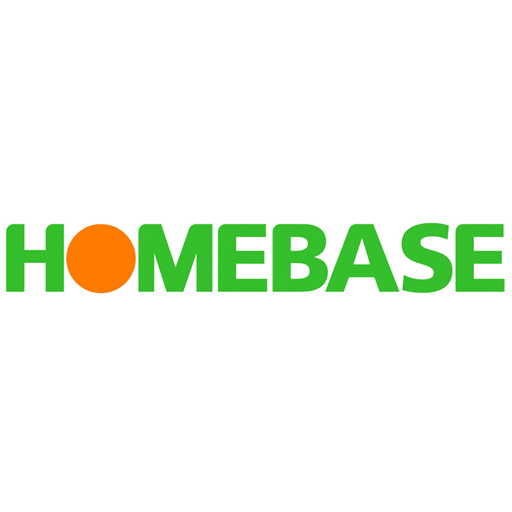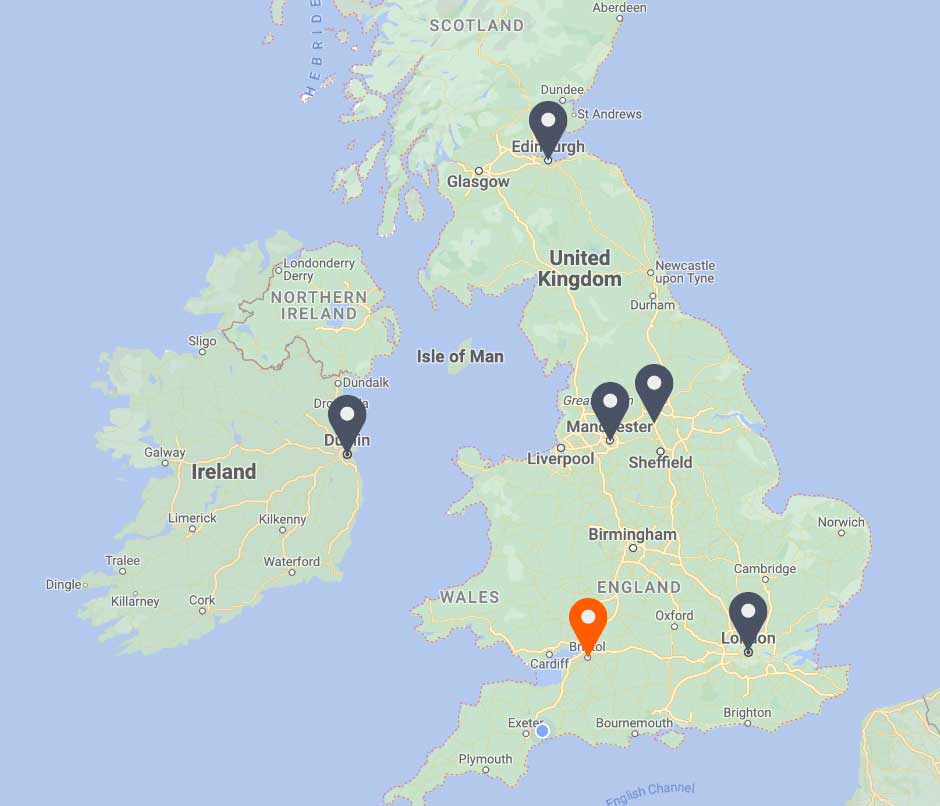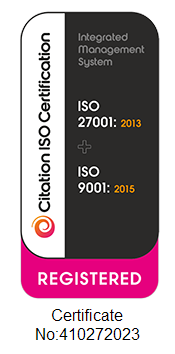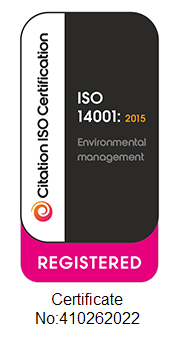
Building Energy Management System | BEMS
BeMS | Building Energy Management Systems
What is a Building Energy Management System?
Smart Building Energy Management Systems with intelligent integrations unleashes the potential of your sites. It empowers building management to the next level with transparency and control, including cutting-edge analytics such as diagnostics and fault detection, optimisation, automated control, and customised reporting, open communication, and seamless intelligent integration. We offer a clear map for smart buildings, integrating legacy systems with the latest IoT solutions. We optimise fixed building equipment control, enhance internal comfort conditions and facilitate predictive maintenance – with a firm focus on significantly reducing operational cost and carbon.
Harness BeMS into your Smart Building Solutions.
Our knowledge of Building Energy Management Systems allows you to oversee, optimise and improve the performance of your sites. It is crucial to continuously monitor and regulate your critical infrastructure for any commercial or industrial facilities. BMS technology enables centralised management that ensures secure and efficient operation. Embrace innovation and take your building’s performance to the next level with our tailored building management services.Our top-class BEMs System meets your needs.
Did you know that a BEMs system can control up to 60-80% of your building’s energy consumption? Managing such a complex system in-house can be challenging. That’s where our BeMS control specialists come in to help. We ensure the best fit of the BeMS system and operational efficiency for energy savings. Within our extensive team, we provide the end-to-end building solutions, including new builds, refurbishments, and upgrades. Whether you have one site or multi-sites in different locations, our complete building solutions will integrate data in a BeMS system for automation management.
Our complete building solutions will cover:
- Complete Design and Commissioning Service
- Energy Metering Design & Commission
- IoT Smart Building
- Data Exporting & Reporting
- Installation and engineering
Unlock your best building performance | 49% of energy savings | Case Study
The Bulmershe School had been struggling with high energy consumption and soaring bills for years with poor existing BeMS controls. The council was looking for a cost-effective and sustainable energy management solution. Energy & Technical Services came to the rescue with a ground-breaking project that involved replacing the school’s outdated boiler controls with advanced RDM controls, wireless sensors, and a central supervisor system. Facing the challenge of keeping the normal operation for the school, our BeMS control specialists accomplished the project with a limited working schedule and resulted in a 49% reduction in energy consumption. The project’s success not only saved the school money but also contributed towards the council’s Net Zero targets, making it a win-win situation for all parties involved.
Benefits of Building Automation and control systems
- Improve Asset Uptime
Ensure your assets always in top condition by scheduling regular inspections and repairs. - Lower Maintenance Expenses
Reduce asset downtime, prevent unexpected issues, and cut repair costs by implementing a preventive maintenance plan. - Prevent Issues Before They Occur
Stay ahead of costly breakdowns by implementing manufacturer best practices and keeping up with maintenance schedules. - Streamline Maintenance Oversight Create maintenance plans that trigger work orders after a specific period or usage threshold to reduce manual oversight. Obtain a detailed breakdown of each equipment, including open work orders, upcoming maintenance, and recently completed service.
Based on the outcome and analysis of a BeMS system, we can optimise and upgrade your heating, ventilation, air handling, chilled water, cooling systems, and lighting controls. Our daily monitoring empowers energy cost reduction. With easy access to BeMS systems through our intuitive dashboard, you can make informed decisions and catch more energy-saving opportunities
We guarantee an extensive energy audit with improvement actions
With complete independence from any system or manufacturer, we provide you with a technology-agnostic full market view, to ensure the specification for systems that we recommend are robust, tested and future-proofed – integrating new technology, whilst also making the best of the systems already installed. With in-house panel building expertise, our control specialists provide a holistic service from design and specification, installation and commissioning, to maintenance and seasonal tuning – with quality panels that are bespoke for each individual project.
Teamwork makes Net Zero achievable! We are ready to join your green journey.
READ OUR CASE STUDIES
Wokingham Borough Council – 49% Proven energy savings
Sainsburys – LED and HVAC Upgrade
Homebase – Energy Demand Reduced By 28%
Building Optimisation & BMS Controls during the Summer
Harnessing Artificial Intelligence (AI) for Energy Efficiency: The Future is Here
Empowering Businesses to Thrive Amidst the Energy Crisis
THE BENEFITS OF builging energy management system

Improve Asset Uptime
Ensure your assets always in top condition by scheduling regular inspections and repairs.

Prevent Issues Before They Occur
Stay ahead of costly breakdowns by
implementing manufacturer best practices and keeping up with

Streamline Maintenance Oversight
Greate maintenance plans that trigger work orders after a specific period or usage threshold to reduce manual













































































